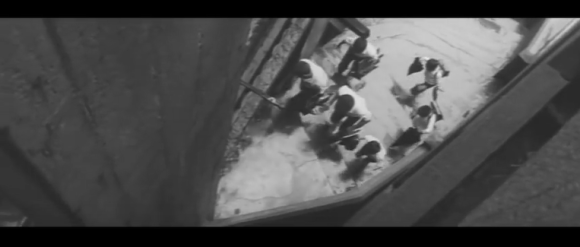
Japan’s most famous urban ruins weren’t always deserted, as shown in this video from the 1960s when Gunkanjima’s ghost town was still alive and well.
Looking at the abandoned ruins of Gunkanjima, the island in Nagasaki Prefecture seen in movies such as Skyfall, Battle Royale II, and the live-action Attack on Titan, it can be hard to imagine anyone living there. The structures, deteriorating even as their remains become overgrown with vegetation, have such an atmosphere of oppressive emptiness that it’s easy to forget it really wasn’t all that long ago that Gunkanjima, or Battleship Island, was home to a thriving coal mining community.
▼ Gunkanjima today
It wasn’t until 1974 that the mine was shut down, and while that was the result of a long-coming shift away from coal power in Japan, the facility was still a legitimate enterprise in 1965, when Mainichi News sent a camera crew to record footage of life on Gunkanjima.
The transportation technology of the time made Gunkanjima, officially called Hashima, a one-hour trip from the Nagasaki mainland. Rather than commute by ship, though, the mineworkers lived on the island, along with their families, and in 1965 some 2,700 men, women, and children called Gunkanjima home.
While there were rich mineral deposits to be found below, there was precious little buildable land on the surface of the manmade island. With no direction to build except up, the average apartment house was 10 stories tall, and the Mainichi video reports that “the residents live comfortable lives.”
▼ Although with one kid looking through a telescope, the other playing the piano, and Mom vacuuming, we’re not sure why the TV is still on.
Obviously, everyone’s life was in some way linked to the coal mines, from which massive quantities of the ore were pulled up.
Priests were periodically called to the island to pray for the safety of the workers, and even young children would participate in the ceremonies, asking for the protection of their fathers and older, working-age siblings.
After their shift, the miners would come back so covered in soot that they’d hop into the communal tub still wearing their work clothes, turning the water opaque in the process.
The miners weren’t the only ones who spent part of their day underground, though. The island’s topography meant that travelling on the surface from point A to point B meant climbing up and down a series of stairways.
As an alternative, though, there were subterranean passageways that allowed residents to take a more direct course.
Gunkanjima wasn’t exactly brimming with entertainment options, although it reportedly had a movie theater and a pachinko parlor. The video says that fishing was also a popular way for miners to spend their downtime.
There wasn’t any father/son bonding going on there, though. Fishing along the seawall was considered too dangerous for children, so they were prohibited from casting their poles into the ocean. Instead, many took up raising carrier pigeons.
▼ We wonder, did they endlessly bicker over which kind of pigeon was the best, like how gamers argue about Nintendo vs. Sony?
And while the community’s layout meant that there was no advantage to using a bicycle to get around, being able to ride one was still considered a necessary skill for if and when the children left the island, which is why they would practice on the school’s athletic field, one of the few open areas on Gunkanjima at the time.
Another tricky thing to teach kids was an appreciation for nature, seeing as how they were surrounded by concrete high-rises. The 10th-story preschool shown in the video tried to instill some sense of the natural environment with a small indoor garden and fish pond.
▼ A sign near an athletic field with “Let’s all plant grass and trees” written on it
The video closes with the narrator saying, “The people living on the island are hoping to create a warmer atmosphere with more greenery.” Ironically, though, Gunkanjima is now greener than ever after more than 40 years of no one at all living there.
Source: Grape
Images: YouTube/懐かしの毎日ニュース

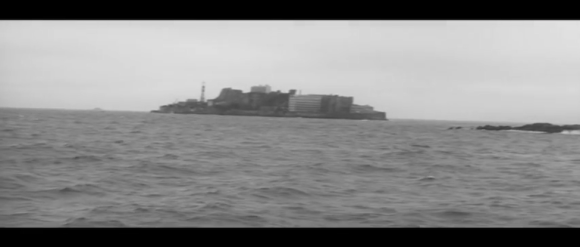
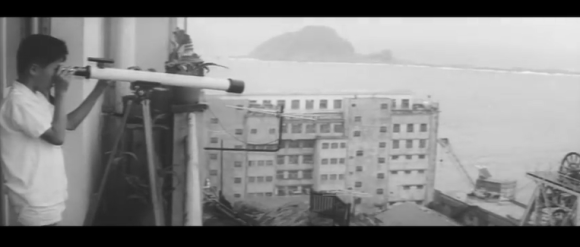
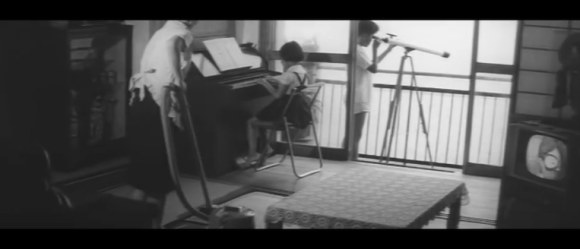
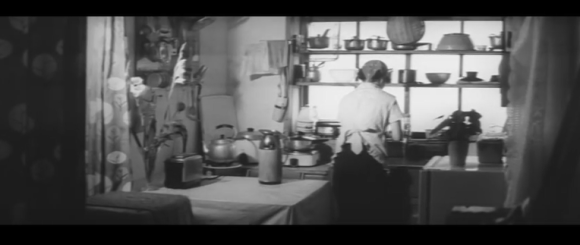
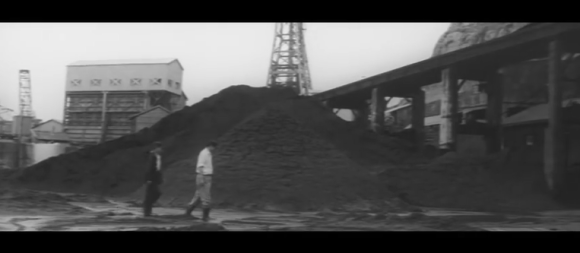
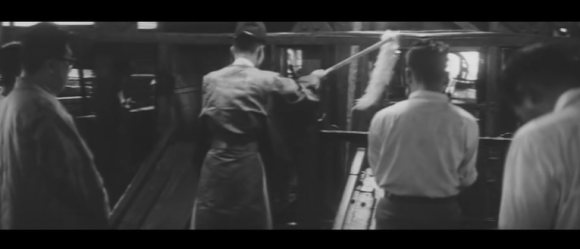
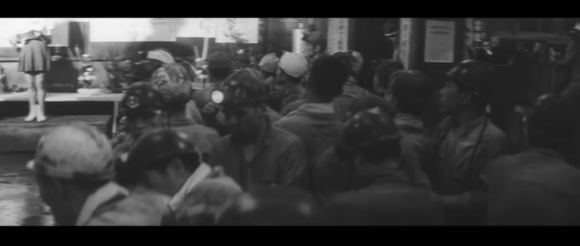
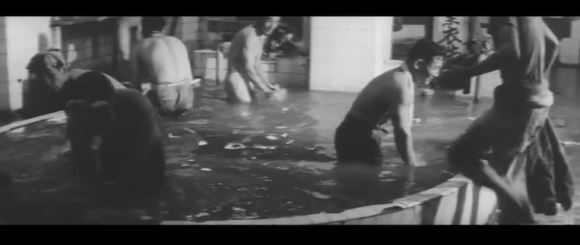
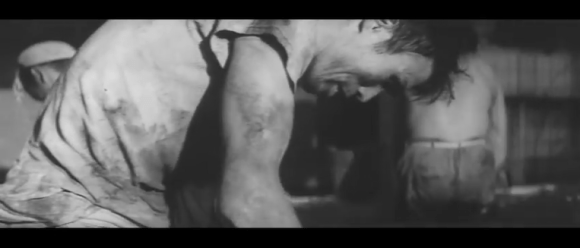
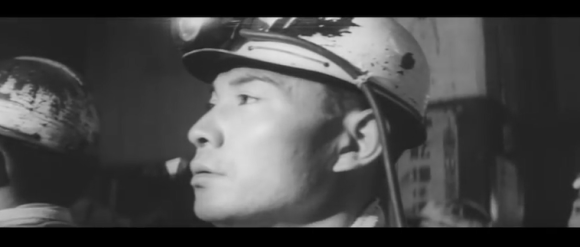
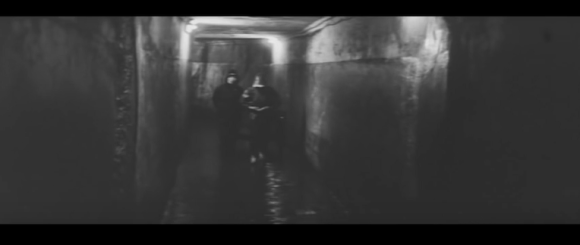
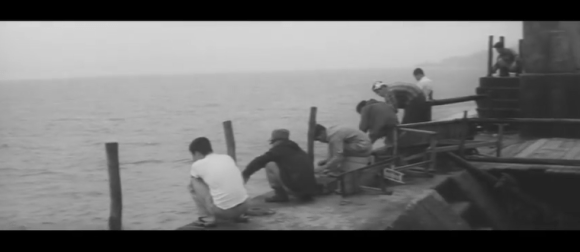
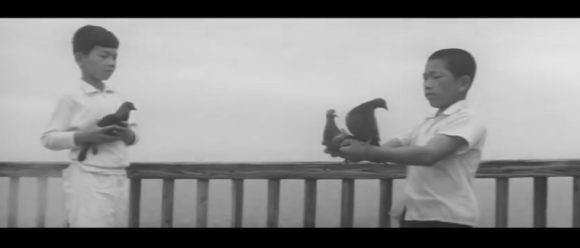
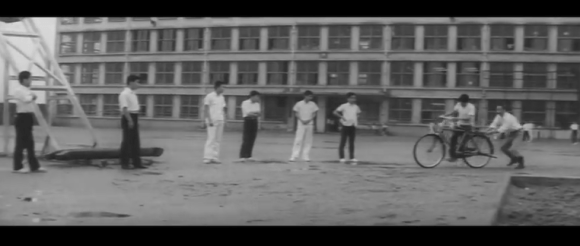
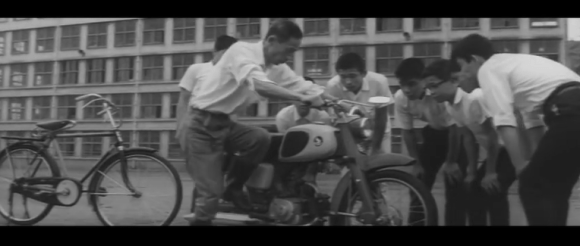
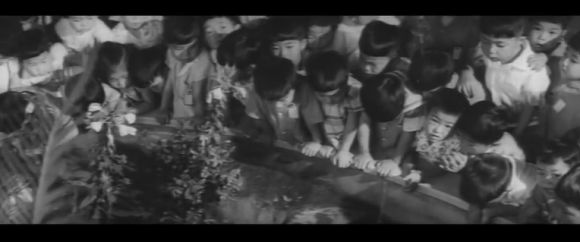
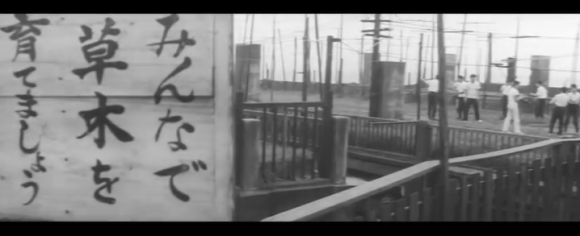
 You can build Japan’s hauntingly beautiful Gunkanjima as a papercraft kit【Photos】
You can build Japan’s hauntingly beautiful Gunkanjima as a papercraft kit【Photos】 Cruising around Gunkanjima, Japan’s otherworldly “Battleship Island”【Photos】
Cruising around Gunkanjima, Japan’s otherworldly “Battleship Island”【Photos】 Check out this absolutely stunning drone video of Nagasaki’s Battleship Island in Ultra HD
Check out this absolutely stunning drone video of Nagasaki’s Battleship Island in Ultra HD Gunkanjima and 22 sites of Japan Meiji Industrial Revolution up for World Heritage award
Gunkanjima and 22 sites of Japan Meiji Industrial Revolution up for World Heritage award The dirty reason China can’t always tell North Korea what to do
The dirty reason China can’t always tell North Korea what to do Foreigner’s request for help in Tokyo makes us sad for the state of society
Foreigner’s request for help in Tokyo makes us sad for the state of society Japanese city loses residents’ personal data, which was on paper being transported on a windy day
Japanese city loses residents’ personal data, which was on paper being transported on a windy day Ghibli Park now selling “Grilled Frogs” from food cart in Valley of Witches
Ghibli Park now selling “Grilled Frogs” from food cart in Valley of Witches Osaka governor suggests lowering voting age to 0 to curb population decline
Osaka governor suggests lowering voting age to 0 to curb population decline Historical figures get manga makeovers from artists of Spy x Family, My Hero Academia and more
Historical figures get manga makeovers from artists of Spy x Family, My Hero Academia and more Anime girl English teacher Ellen-sensei becomes VTuber/VVTUber and NFT
Anime girl English teacher Ellen-sensei becomes VTuber/VVTUber and NFT Red light district sushi restaurant in Tokyo shows us just how wrong we were about it
Red light district sushi restaurant in Tokyo shows us just how wrong we were about it Harajuku Station’s beautiful old wooden building is set to return, with a new complex around it
Harajuku Station’s beautiful old wooden building is set to return, with a new complex around it Smash Bros. director Sakurai stabs Kirby in the face, has delicious justification for it
Smash Bros. director Sakurai stabs Kirby in the face, has delicious justification for it Akihabara pop-up shop sells goods made by Japanese prison inmates
Akihabara pop-up shop sells goods made by Japanese prison inmates McDonald’s new Happy Meals offer up cute and practical Sanrio lifestyle goods
McDonald’s new Happy Meals offer up cute and practical Sanrio lifestyle goods Japanese ramen restaurants under pressure from new yen banknotes
Japanese ramen restaurants under pressure from new yen banknotes French Fries Bread in Tokyo’s Shibuya becomes a hit on social media
French Fries Bread in Tokyo’s Shibuya becomes a hit on social media Studio Ghibli releases new action figures featuring Nausicaä of the Valley of the Wind characters
Studio Ghibli releases new action figures featuring Nausicaä of the Valley of the Wind characters New private rooms on Tokaido Shinkansen change the way we travel from Tokyo to Kyoto
New private rooms on Tokaido Shinkansen change the way we travel from Tokyo to Kyoto Tokyo Tsukiji fish market site to be redeveloped with 50,000-seat stadium, hotel, shopping center
Tokyo Tsukiji fish market site to be redeveloped with 50,000-seat stadium, hotel, shopping center All-you-can-drink Starbucks and amazing views part of Tokyo’s new 170 meter-high sky lounge
All-you-can-drink Starbucks and amazing views part of Tokyo’s new 170 meter-high sky lounge Beautiful Ghibli sealing wax kits let you create accessories and elegant letter decorations【Pics】
Beautiful Ghibli sealing wax kits let you create accessories and elegant letter decorations【Pics】 Studio Ghibli releases Kiki’s Delivery Service chocolate cake pouches in Japan
Studio Ghibli releases Kiki’s Delivery Service chocolate cake pouches in Japan New definition of “Japanese whiskey” goes into effect to prevent fakes from fooling overseas buyers
New definition of “Japanese whiskey” goes into effect to prevent fakes from fooling overseas buyers Our Japanese reporter visits Costco in the U.S., finds super American and very Japanese things
Our Japanese reporter visits Costco in the U.S., finds super American and very Japanese things Studio Ghibli unveils Mother’s Day gift set that captures the love in My Neighbour Totoro
Studio Ghibli unveils Mother’s Day gift set that captures the love in My Neighbour Totoro More foreign tourists than ever before in history visited Japan last month
More foreign tourists than ever before in history visited Japan last month New Pokémon cakes let you eat your way through Pikachu and all the Eevee evolutions
New Pokémon cakes let you eat your way through Pikachu and all the Eevee evolutions Sales of Japan’s most convenient train ticket/shopping payment cards suspended indefinitely
Sales of Japan’s most convenient train ticket/shopping payment cards suspended indefinitely Sold-out Studio Ghibli desktop humidifiers are back so Totoro can help you through the dry season
Sold-out Studio Ghibli desktop humidifiers are back so Totoro can help you through the dry season Japanese government to make first change to romanization spelling rules since the 1950s
Japanese government to make first change to romanization spelling rules since the 1950s Ghibli founders Toshio Suzuki and Hayao Miyazaki contribute to Japanese whisky Totoro label design
Ghibli founders Toshio Suzuki and Hayao Miyazaki contribute to Japanese whisky Totoro label design Doraemon found buried at sea as scene from 1993 anime becomes real life【Photos】
Doraemon found buried at sea as scene from 1993 anime becomes real life【Photos】 Tokyo’s most famous Starbucks is closed
Tokyo’s most famous Starbucks is closed One Piece characters’ nationalities revealed, but fans have mixed opinions
One Piece characters’ nationalities revealed, but fans have mixed opinions We asked a Uniqlo employee what four things we should buy and their suggestions didn’t disappoint
We asked a Uniqlo employee what four things we should buy and their suggestions didn’t disappoint Princesses, fruits, and blacksmiths: Study reveals the 30 most unusual family names in Japan
Princesses, fruits, and blacksmiths: Study reveals the 30 most unusual family names in Japan Take it from a local: This resort island off the coast of Nagasaki is totally worth a side trip
Take it from a local: This resort island off the coast of Nagasaki is totally worth a side trip Fukuoka City aims to resume traffic at site of road collapse less than a week after accident
Fukuoka City aims to resume traffic at site of road collapse less than a week after accident Reserve your own spot on an uninhabited Japanese island for an unforgettable camping experience
Reserve your own spot on an uninhabited Japanese island for an unforgettable camping experience Inside China’s Mission Hills Golf Club, the largest golf resort in the world
Inside China’s Mission Hills Golf Club, the largest golf resort in the world Abandoned Chinese fishing village gets a natural facelift and it’s awesome 【Photos】
Abandoned Chinese fishing village gets a natural facelift and it’s awesome 【Photos】 Aoshima Island has 100 cats, and we photographed almost all of them
Aoshima Island has 100 cats, and we photographed almost all of them Mystery Tourist Spot: Merlions in Japan?
Mystery Tourist Spot: Merlions in Japan? Five uninhabited Japanese islands you can buy right now
Five uninhabited Japanese islands you can buy right now A vision of the future? We can’t take our eyes off Shimizu Corporation’s “Ocean Spiral” design
A vision of the future? We can’t take our eyes off Shimizu Corporation’s “Ocean Spiral” design This private island in the Pacific Ocean is open to guests – but only Japanese ones
This private island in the Pacific Ocean is open to guests – but only Japanese ones Is the Fountain of Youth in Thailand? 1965’s Miss Universe still looks pretty incredible
Is the Fountain of Youth in Thailand? 1965’s Miss Universe still looks pretty incredible Japan’s “Underground Temple” now up for virtual touring in Google Street View
Japan’s “Underground Temple” now up for virtual touring in Google Street View Is Japan’s Cat Island in danger of turning into the Island of Fat Cats?
Is Japan’s Cat Island in danger of turning into the Island of Fat Cats? Japanese town refuses to pay bear patrol hunting club as animals spotted on streets, at harbor【Vid】
Japanese town refuses to pay bear patrol hunting club as animals spotted on streets, at harbor【Vid】 Japanese city changes into beautiful Spirited Away lookalike once a year, and it’s happening now
Japanese city changes into beautiful Spirited Away lookalike once a year, and it’s happening now The only path to this Nagasaki Shinto shrine gets swallowed by the sea every day【Video】
The only path to this Nagasaki Shinto shrine gets swallowed by the sea every day【Video】
Leave a Reply